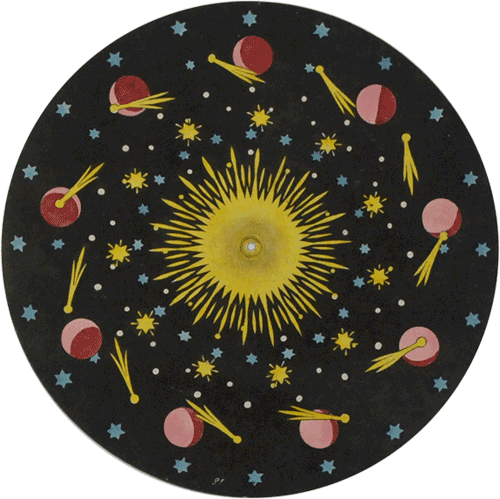 |
| A 'Contact sheet' made of many film negatives from the camera. This is just like the the thumbnails of photos on your computer! |
 |
| 'Pityas and Daffodil' -I joked that thic could be in a fashion magazine then realised it really could be. |
A few days ago we went out to take portrait photographs of classmates in different lighting then we got to enlarge them to a proper photo size. I really really enjoyed this process in the dark room. I definitely want to do this again!
I think that this photograph of my classmate, Pityas is actually beautiful. The white light and the way his jumper seems to glow gives him and almost angellic feeling. The soft focus on the tree behind him turned out brilliantly in my opinion. I am honestly considering sending this photo to a modelling agency for Pityas. He has the 'model look' perfected!
And finally, here's a dramatic photo of myself, taken by Pityas (who's not just a nice face)
 |
| I must admit I like the scratches and marks left from the processing of the photo. |
Ultimately, I had a really good time and learnt a lot. Which is what matters. I definitely want to do more of this.





















